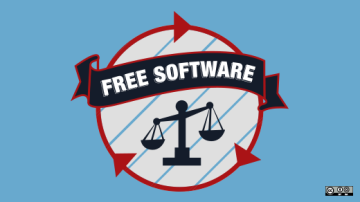
Raleigh, North Carolina
Mr. McBride is a patent and licensing attorney with seventeen years of corporate and law firm experience. As the Director for IP Defense and Protection at Red Hat, Inc., he manages the company’s patent litigation defense and patent portfolio development. Mr. McBride graduated with a Juris Doctor from the Georgetown University Law Center and a Bachelor of Science degree in Electrical Engineering from Washington State University.


Authored Comments
Steve,
Thanks for your detailed discussion of instruction sets and algorithms - it helps illuminate the discussion of software patentability.
I also appreciate your views on the legal environment surrounding software patents.
But, I wanted to make a few observations about your comments:
** To my knowledge the algorithm exception didn't arise until the Benson case in the 1970s, although one could argue it was there all along waiting for the US Supreme Court to find it
** The copyrightability of software is a given now, but as best I recall was limited by fixation and other issues until the 1980s
** I assume the 1994 case you're referring to is Alappat, which was a Federal Circuit case. The law has gone through quite a few twists and turns since then, and I think it's safe to say that it's more complex and nuanced than merely requiring that software change a machine's function. The 2010 US Supreme Court case Bilski recently clarified that such a simple test is instructive but not determinative.
** Regarding whether software is the only thing protected by patent and copyright, it probably depends on how you define "thing." For example, it's not hard to imagine a patentable chemical process that's described in a journal article that is copyrighted.